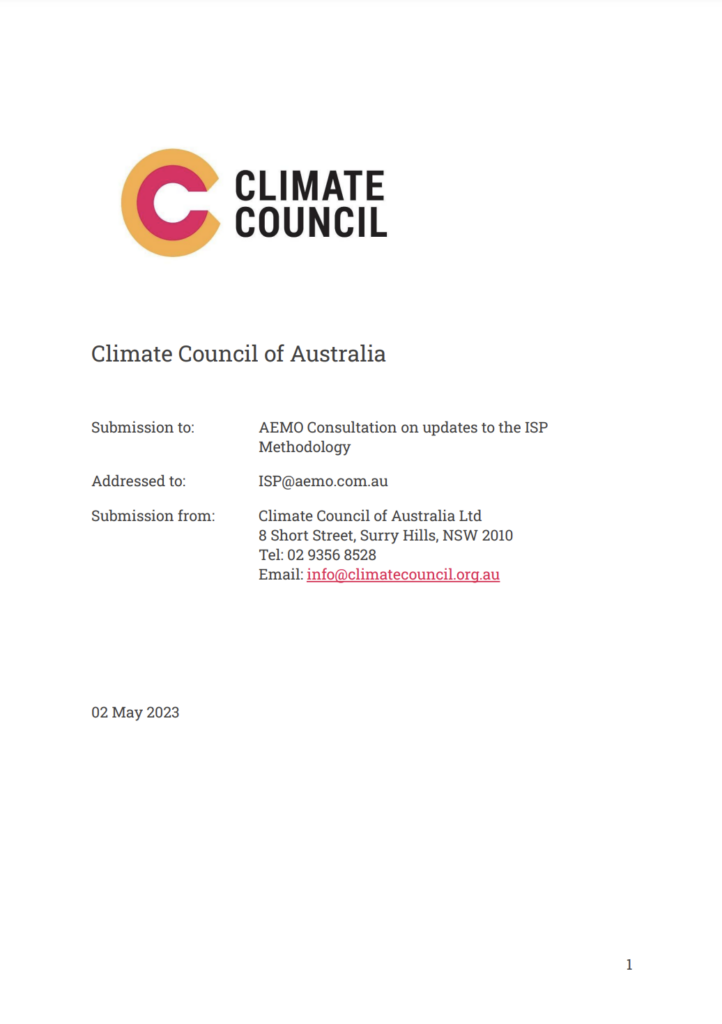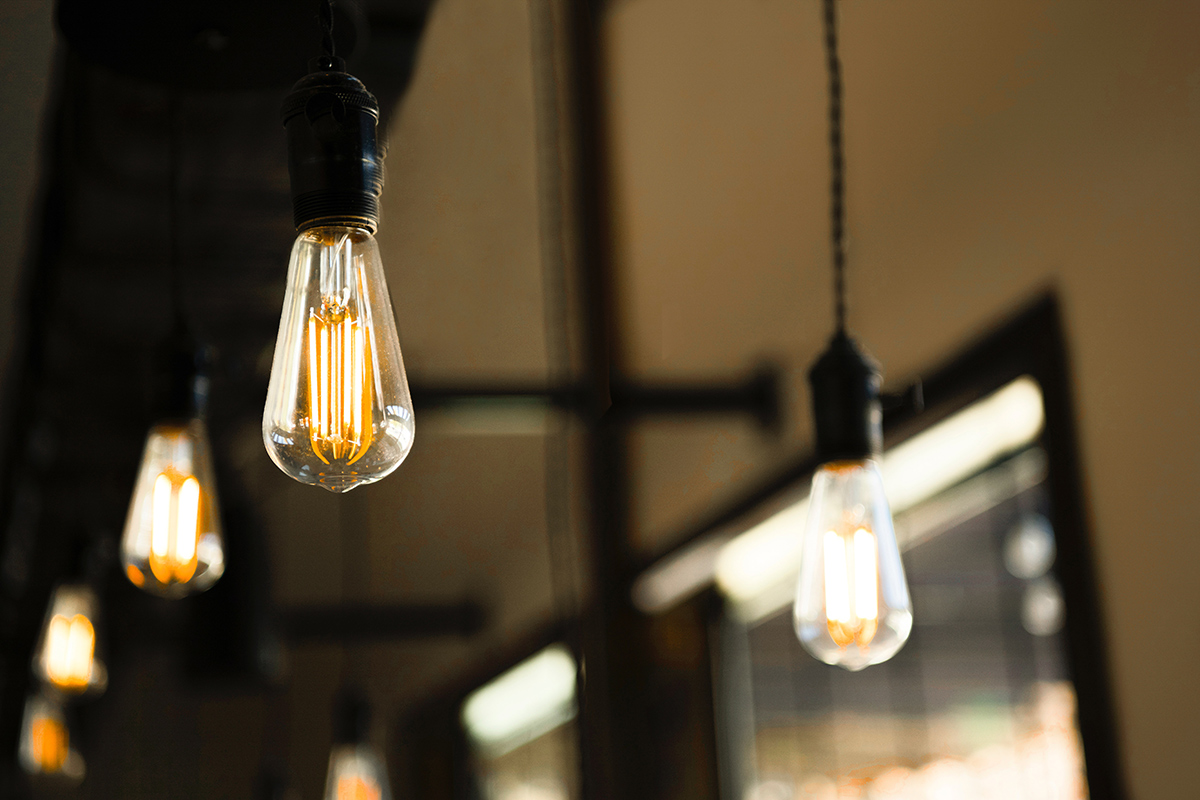Australia’s journey to net zero is only beginning. Over the next eight years to 2030, we will need to get on a steep trajectory of emissions reductions, with existing efforts ramped up significantly and quickly.
Climate Council welcomes the opportunity to make a submission on the Consultation on updates to the ISP Methodology. We acknowledge the work being done across AEMO and the Commonwealth to secure 82 percent.
renewable electricity by 2030, and accelerate and unlock investment in renewable energy transmission infrastructure and generation projects to advance this. But more action will be needed to drive the full decarbonisation of Australia’s energy system. We can, and should, drive towards an electricity grid powered 100 percent by renewables by 2030.
There is much at stake and no time to lose. Global average temperatures have warmed by around 1.2°C and Australia is suffering significant losses from climate change with worse on the way. Extreme weather events – such as bushfires, floods, heatwaves and droughts – are happening more often, and are more severe. To avoid the worst climate impacts, global emissions must halve this decade with net zero reached in the early 2040s (Climate Council
2021). Australia is a wealthy country and among the worst polluting countries on a per person basis. We also have immense renewable energy resources, which means we can cut emissions faster. That is why Australia should aim to reduce our emissions by 75 percent (below 2005 levels) by 2030, and reach net zero emissions by 2035 (Climate Council 2021). Fully decarbonising the electricity system will play a significant role in achieving this level of emissions reduction.
Alongside the need to quickly reduce emissions, Australians are facing significant cost-of-living pressures that have been years in the making but have come to a head in the last 12 months. Wholesale electricity prices skyrocketed to all-time highs in the second quarter of 2022, with retail electricity prices following suit. Russia’s war in Ukraine has driven the price of gas and oil sky-high with drivers paying more than $2 a litre for petrol at
its peak. These price rises are directly affecting the hip pocket of Australians and adding inflationary pressures to the economy, worsening the cost-of-living crisis. Switching to renewable energy will permanently drive down power bills and keep them lower.
The Climate Council’s recommendations are summarised below:
Recommendation 1
Climate Council supports the ISP Methodology being updated to anticipate forthcoming changes to the National Energy Objectives.
Recommendation 2
Climate Council recommends AEMO include further analysis on outcomes aligned with a 1.5°C temperature goal and which do not assume a large amount of hydrogen. Specifically, a Strong Electrification sensitivity or scenario.
Conclusion:
The decision to insert an emissions reduction objective into the National Energy Objectives sends a strong signal that Australia’s decade of obstruction, delay and denial on energy transformation is over. This is a very welcome shift and Australians will benefit – now and in the decades to come – from the better decisions made when governments, market bodies and energy system participants face up to the realities of the climate crisis.
The transformation of our energy system will be complex and challenging, but it is also essential if we are to have any hope of avoiding the worst impacts of harmful climate change. We call on all involved in delivering this transformation to proactively embrace the new emissions reduction objective and lean in to this once-in-a-century shift in how we power the nation.











